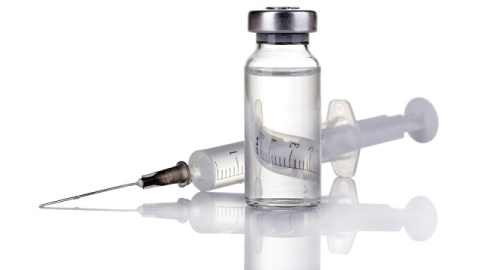Using Smart Ink To Prevent Infections From Syringes

What’s the Latest Development?
Huddersfield University researcher David Swann has designed a syringe that could help prevent the spread of infection by providing an unmistakable sign that it may not be safe to use. The shell of the ABC Syringe contains a special kind of ink that reacts to the presence of carbon dioxide. Once it’s removed from its sealed container, the shell turns dark red after about a minute of exposure. Swann’s invention has been nominated for an INDEX Award, which is given to people whose designs could potentially help solve global challenges.
What’s the Big Idea?
World Health Organization figures indicate that over a million people die every year from unsafe injection practices, and they account for nearly a third of hepatitis A and B cases worldwide. In India alone at least half of the 4-5 billion injections given yearly are unsafe, and Swann says it’s not uncommon for people to scavenge for old syringes that they can wash and resell: “When you compare a sterile syringe just out of its packaging with a syringe that’s been washed, how do you determine the difference?” He notes that the success of the ABC Syringe would depend on a dedicated public education campaign that would train both medical professionals and patients to automatically recognize a red syringe as unsafe.
Photo Credit: Shutterstock.com





